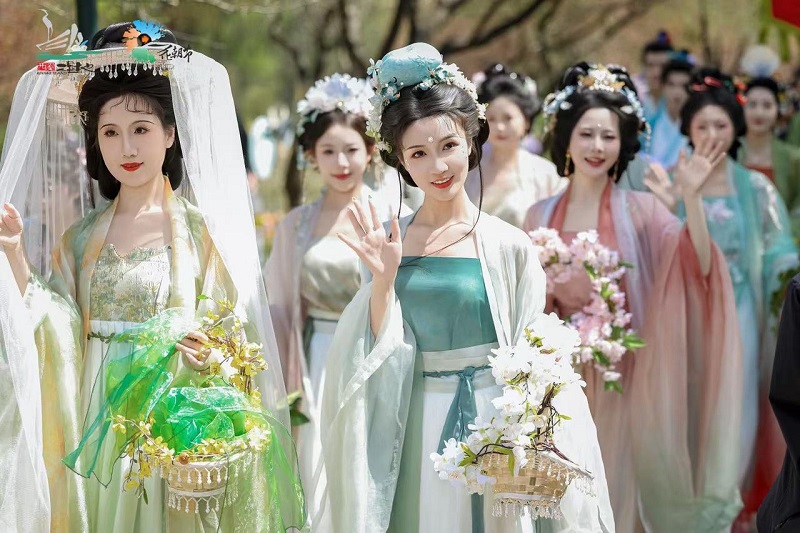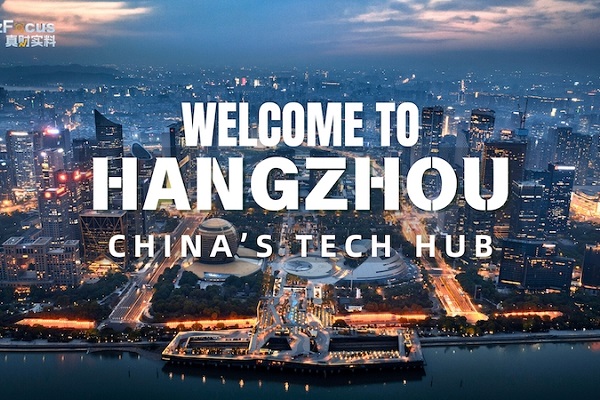Brewing up an event steeped in culture
Zhang performs traditional tea preparation techniques at a competition in Yuhang district, Hangzhou. [Photo provided to China Daily]
The ceremony was listed as a national-level intangible culture heritage in 2011 and, in 2022, inscribed on UNESCO's Representative List of the Intangible Cultural Heritage of Humanity as a part of the traditional tea-processing techniques and associated social practices in China.
The ceremony originated at the Jingshan Temple, located on top of the Jingshan Mountain. Built in the Tang Dynasty (618-907), the temple has a history of more than 1,200 years.
Throughout that history, the temple has been closely connected with tea, as the earliest textual records register that the temple's founder offered tea as a sacrifice to Buddha.
Sitting in silence and relishing a cup of tea became a medium through which the monks delved into their spiritual world and achieved a state of deep mindfulness.
During the Song Dynasty, the ceremony evolved into its full form, with more than 10 formal procedures, including welcoming the guests, burning incense and paying tribute, as well as making and drinking the tea.
By hosting these ceremonies, guests, the majority of whom were literati and bureaucrats, had the chance to sit down and seek wisdom alongside the monks.
According to Yanping, a monk at the temple and an inheritor of the art form, the Jingshan Tea Ceremony is believed to be the origin of the Japanese tea ceremony known as Sado.
-
Xixi Wetland invites visitors to Huazhao Festival
March 25, 2025
-
Hangzhou sets standard for concert hosting
March 19, 2025
-
What is making Hangzhou the new tech powerhouse of China?
March 10, 2025
-
Inside Hangzhou: China's high-tech dream factory
March 12, 2025




